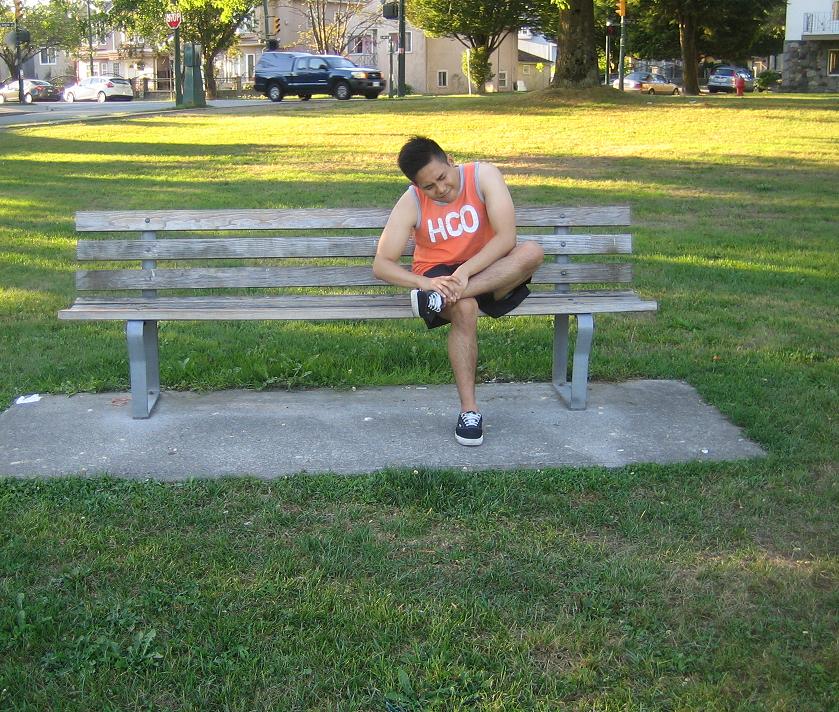Ankle fractures can occur among children. It is important to note that growth takes place in the bones of children close to the end point of the bone where there is a joint. Once a fracture involves the growth plate, special care must be observed to prevent future growth issues. There are types of ankle fractures that require proper care and treatment.
What are the types of ankle fractures?
Distal tibial fractures
This type of fracture occurs in two ways – non-displaced and displaced. An accurate assessment is vital since most cases of displaced ankle fractures among children necessitate surgery.

With displaced fractures, partial disruption with growth can occur. An X-ray is needed for 1-2 years after the injury to detect or monitor any lasting damage to the growth plate. The treatment involves a cast but serious fractures require further assessment using a CT scan or MRI and eventually surgery.
A non-displaced distal tibial fracture at the ankle is similar to an ankle sprain with minimal swelling and pain if the individual attempts to walk. An X-ray will reveal subtle indications that a fracture is present and physical assessment is needed to come up with a diagnosis. The treatment requires a cast to be worn for 3-4 weeks.
Distal fibula fractures
These ankle fractures can occur as a displaced or non-displaced type.
The non-displaced type appears similar to an ankle sprain. Essentially, it is treated in the same manner as non-displaced tibial fractures with a cast or brace for up to 3 weeks. Follow-up appointments are scheduled for up to 2 years to monitor for any growth disruptions.
The displaced fibula fractures require surgery if the damage extends to the ankle joint. In such cases, the main objective of surgery is to restore the smooth, correctly aligned joint surface. If the displacement does not reach into the joint, reduction or realignment of the bony fragments is carried out and secured using a cast.

